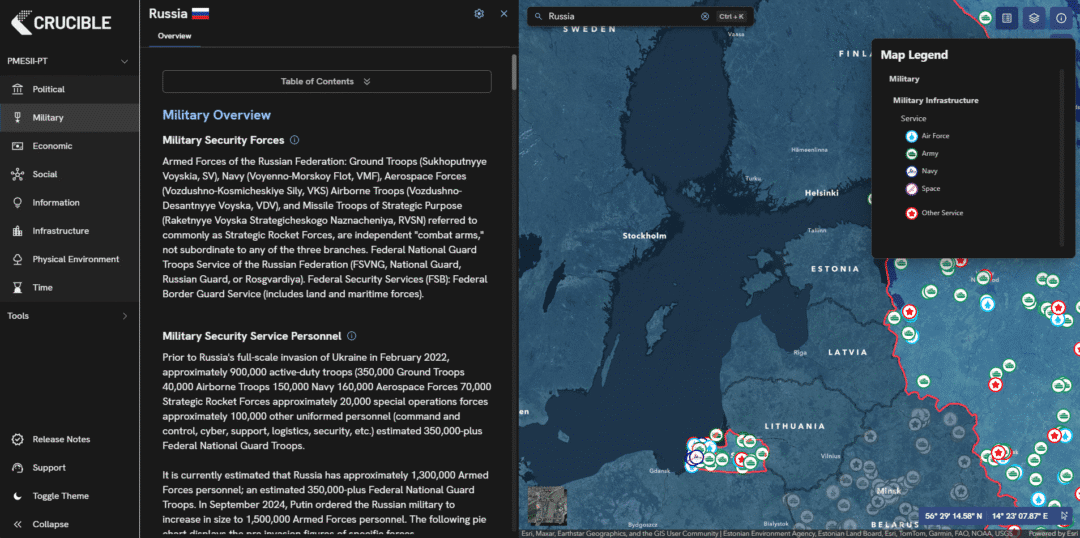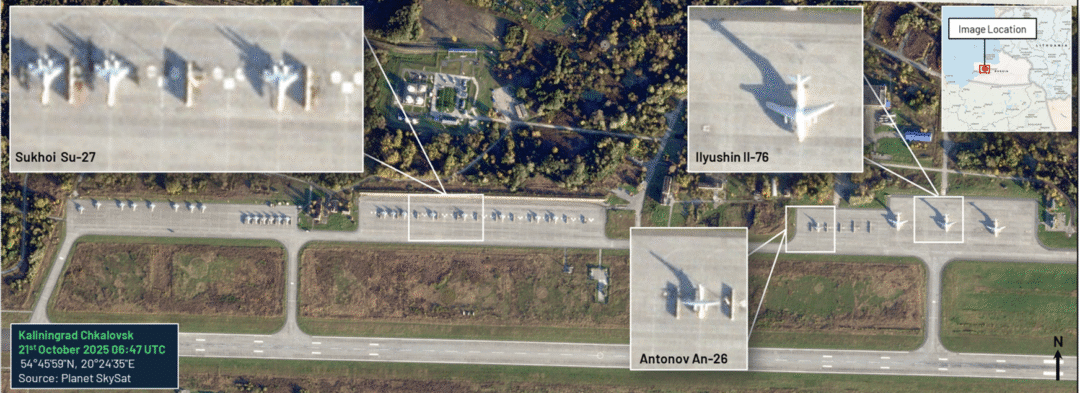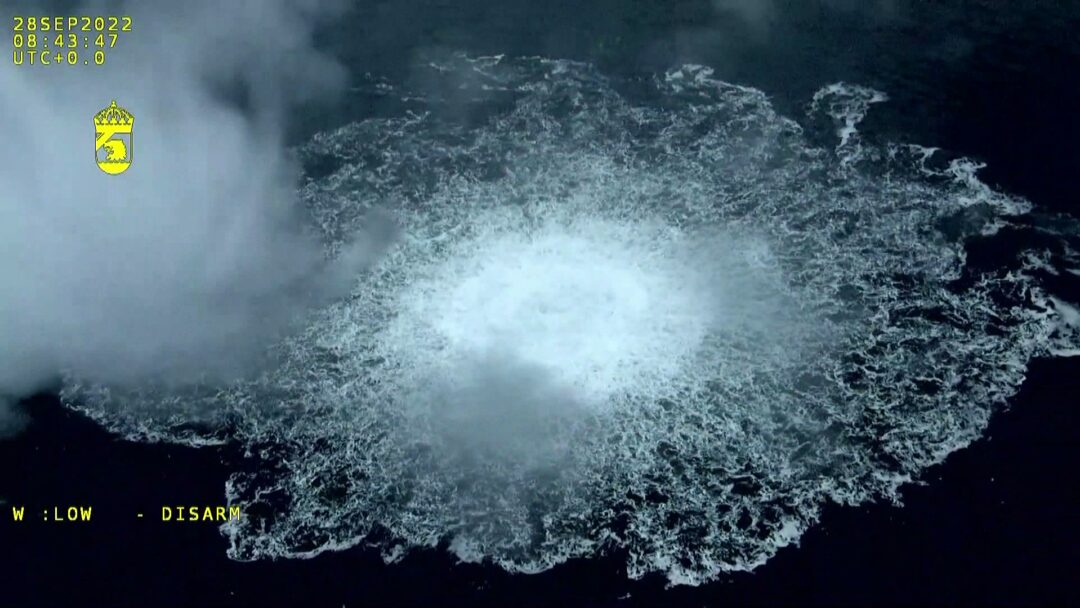
The Baltic countries form NATO’s most exposed border and hold significant strategic importance for both NATO and Russia, due to their geographical location and security implications. For Russia, the region represents an area of strategic vulnerability and of historical loss of influence after the Soviet collapse, access to the Baltic sea and the closed-off enclave of Kaliningrad. For NATO, the Baltic symbolises the commitment to collective defence and deterrence under article 5 and serves as a frontline in protecting Europe from acts of aggression.

Figure 1: Screenshot of Roke’s Platform Crucible, showing a Russian Military Overview in the Baltic Region.
Throughout September and October 2025, airspace tensions grew in the Baltic countries after a rise in unidentified drone incursions and manned aircraft violating airspaces. This renewed NATO concerns about Russia’s increasingly unpredictable behaviour towards the Baltic states.
These have included drone incursions in the vicinity of civilian and military airports or military facilities, causing temporary airport closures in Denmark, Sweden, Norway, Lithuania, France, Germany and Belgium. In response to these incursions, NATO launched Operation Eastern Sentry on 12th September to strengthen its eastern flank, a move welcomed by Baltic leaders as a step towards enhancing regional security.

Figure 2: Screenshot of Roke’s Platform Crucible, showing the Global incidents in Denmark, the incident card (bottom left) describes a drone incursion of airspace.
Notable airspace violations were similarly observed by aircraft. One of the most significant incidents occurred on 19th September, where three Russian MIG-31 jets entered Estonian airspace resulting in consultations and Estonia issuing a formal warning to Russia. This additionally led to an EU parliament resolution on 9th October 2025 that encouraged initiatives enabling EU states to take reasonable action against airspace violations. This includes amendments to legislation on using force to counter drones, the welcoming of the EU’s “drone wall” and Eastern Flank Watch initiatives.
The Russian Ministry of Defence has consistently denied the reports of airspace violations, stating that on 19th September, fighter jets were on a scheduled flight from Karelia to an airfield in the Kaliningrad region and were in strict compliance of international airspace regulations.

Figure 3: Planet Sky sat imagery of Chkalovsk air base in Kaliningrad, with likely aircraft designations
Beyond direct incursions, governments have warned of a wider hybrid campaign of coordinated messaging aimed to exploit these violations and undermine NATO capability. These have included Pro-Russian narratives intensifying in Poland, specifically via Facebook (the most used social media within Poland). The narrative centres on the idea of not letting Ukraine ‘drag’ Poland into the war. This indicates a coordinated effort to harness fears of a broader conflict with Russia, while simultaneously undermining EU and NATO solidarity and reducing public support for defence initiatives.

Figure 4: Screenshot of Roke’s Platform Crucible, showing Poland’s social media market shares as a percentage of events recorded.
The use of coordinated media narratives alongside the growing airspace tensions underscores Russia’s integration of further ‘grey zone’ tactics into its broader security posture, with the likely aim being less overt confrontation and more targeted at undermining allied cohesion, public confidence in NATO’s deterrence and the credibility of the European defence sector, ultimately reducing the commitment of support in Ukraine.
Across the next two weeks, Roke Intelligence will analyse the Baltic and High North’s strategic importance to both Russia and NATO, through open-source and geospatial datasets in Crucible.
If you think Crucible could support your organisations operations, get in touch with us now to find out more or run a trial.




